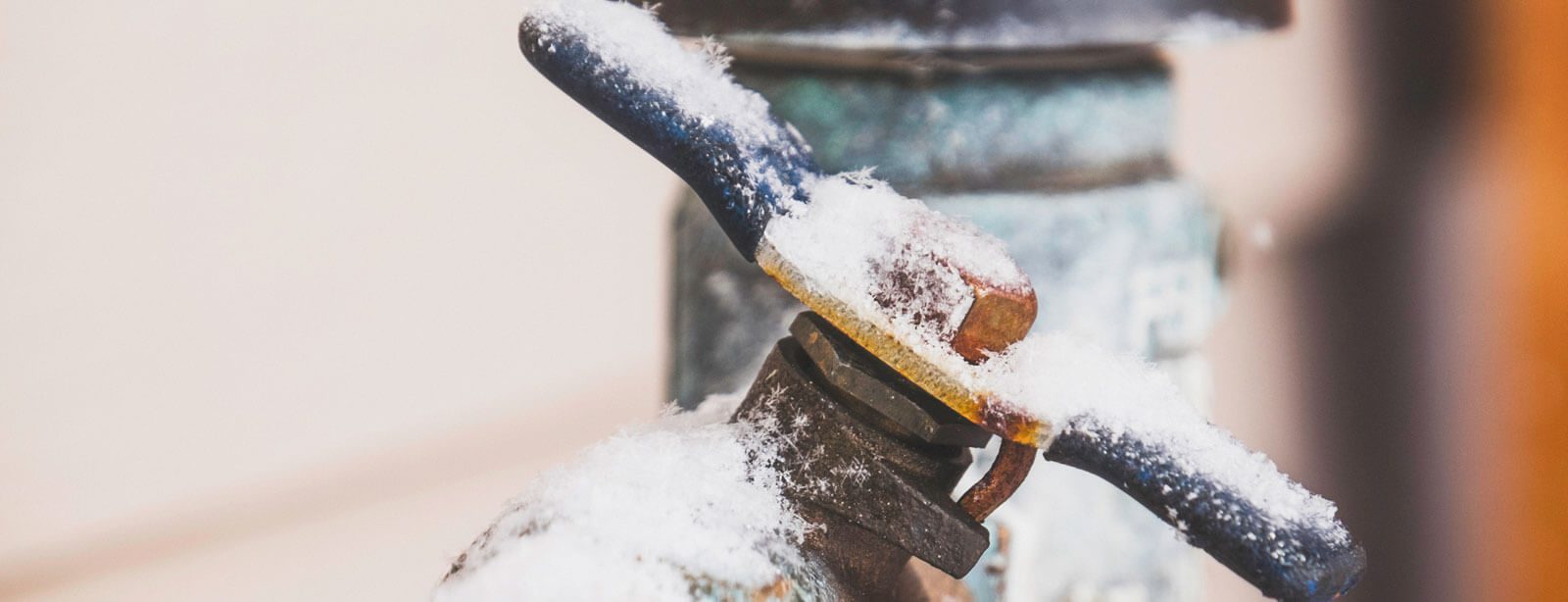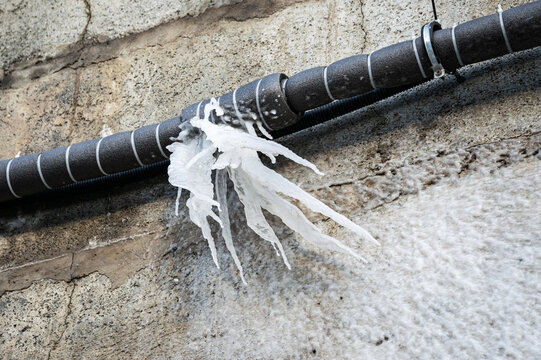Important Advice to Prevent Frozen Plumbing in Winter: Specialist Guidance
Important Advice to Prevent Frozen Plumbing in Winter: Specialist Guidance
Blog Article
What're your opinions on 6 Ways to Prevent Frozen Pipes?

Cold weather can damage your plumbing, especially by freezing pipes. Right here's exactly how to avoid it from occurring and what to do if it does.
Introduction
As temperatures drop, the threat of icy pipelines boosts, potentially leading to pricey fixings and water damages. Comprehending how to stop frozen pipes is critical for home owners in chilly climates.
Avoidance Tips
Insulating susceptible pipes
Cover pipes in insulation sleeves or utilize warmth tape to safeguard them from freezing temperatures. Concentrate on pipes in unheated or outside locations of the home.
Home heating strategies
Maintain interior rooms adequately warmed, particularly locations with plumbing. Open up cabinet doors to allow cozy air to distribute around pipelines under sinks.
How to determine icy pipelines
Seek decreased water flow from faucets, unusual odors or noises from pipes, and visible frost on exposed pipes.
Long-Term Solutions
Structural adjustments
Consider rerouting pipes far from outside wall surfaces or unheated locations. Add extra insulation to attic rooms, cellars, and crawl spaces.
Updating insulation
Invest in high-quality insulation for pipelines, attic rooms, and walls. Proper insulation aids preserve consistent temperature levels and minimizes the risk of icy pipes.
Protecting Outside Plumbing
Yard hose pipes and outdoor faucets
Separate and drain yard pipes prior to wintertime. Install frost-proof spigots or cover exterior faucets with protected caps.
Recognizing Frozen Pipes
What causes pipes to freeze?
Pipes freeze when exposed to temperatures below 32 ° F (0 ° C) for extended durations. As water inside the pipelines freezes, it broadens, taxing the pipeline walls and potentially causing them to break.
Dangers and damages
Frozen pipelines can bring about water interruptions, property damage, and expensive repair work. Ruptured pipes can flooding homes and create considerable architectural damage.
Signs of Frozen Pipes
Recognizing icy pipes early can prevent them from breaking.
What to Do If Your Pipes Freeze
Immediate actions to take
If you believe frozen pipelines, keep faucets open up to eliminate pressure as the ice thaws. Utilize a hairdryer or towels taken in hot water to thaw pipelines slowly.
Verdict
Avoiding icy pipelines needs aggressive measures and quick feedbacks. By understanding the reasons, indicators, and preventive measures, house owners can shield their pipes during cold weather.
5 Ways to Prevent Frozen Pipes
Drain Outdoor Faucets and Disconnect Hoses
First, close the shut-off valve that controls the flow of water in the pipe to your outdoor faucet. Then, head outside to disconnect and drain your hose and open the outdoor faucet to allow the water to completely drain out of the line. Turn off the faucet when done. Finally, head back to the shut-off valve and drain the remaining water inside the pipe into a bucket or container. Additionally, if you have a home irrigation system, you should consider hiring an expert to clear the system of water each year.
Insulate Pipes
One of the best and most cost-effective methods for preventing frozen water pipes is to wrap your pipes with insulation. This is especially important for areas in your home that aren’t exposed to heat, such as an attic. We suggest using foam sleeves, which can typically be found at your local hardware store.
Keep Heat Running at 65
Your pipes are located inside your walls, and the temperature there is much colder than the rest of the house. To prevent your pipes from freezing, The Insurance Information Institute suggests that you keep your home heated to at least 65 degrees, even when traveling. You may want to invest in smart devices that can keep an eye on the temperature in your home while you’re away.
Leave Water Dripping
Moving water — even a small trickle — can prevent ice from forming inside your pipes. When freezing temps are imminent, start a drip of water from all faucets that serve exposed pipes. Leaving a few faucets running will also help relieve pressure inside the pipes and help prevent a rupture if the water inside freezes.
Open Cupboard Doors
Warm your kitchen and bathroom pipes by opening cupboards and vanities. You should also leave your interior doors ajar to help warm air circulate evenly throughout your home.

Do you enjoy more info about Winter Plumbing Precautions: Preventing Frozen Pipes? Place feedback down the page. We will be delighted to find out your insights about this review. In hopes that you visit us again in the future. Don't hesitate to pause to promote this blog posting if you liked it. Thanks a bunch for being here. Come back soon.
Or Book Technician Here Report this page